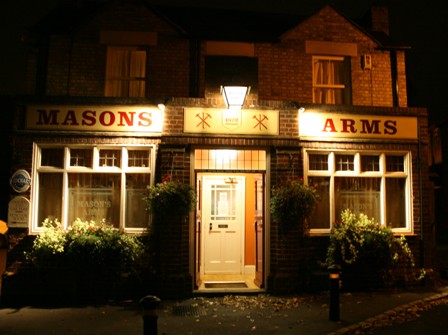
Edition number 50; dateline 2 March 2012
Simple solutions to complicated problems
In this our fiftieth issue (thank you, you’re very kind) we revisit a recurring theme: how to deliver effective sports development projects that engage and retain young people and others as part of a lifelong enjoyment of physical activity. Schools, it is generally agreed, are an essential medium but in articles this month Lindsy Gray, John Eady and Sue Campbell all make a disturbingly familiar argument. Part of the argument is that education secretary Michael Gove is a tin-eared, doctrine-bedevilled politician who, when it comes to sporting matters, couldn’t find his arse with both hands (surely on other matters as well but that is my view, not necessarily theirs). The other part of the argument is that whatever system we currently employ to promote sport and physical activity in schools it is not working.
That we must get physical literacy and acceptance of physical activity into primary-aged kids is now generally embraced as the only way to combat the post-14 drop-off. This drop-off is both massive and a massive problem for physical activity promotion, a point that anyone who has had the tenacity to listen to John Eady speak for more than five minutes will be all too aware.
The conclusion we can draw from our contributors is that whatever we are doing to encourage a wide engagement in sports participation is not working and in recent times – say the last century – whatever we have tried has not worked; look at the tennis courts and the state of Sunday football. The approach of central government, as expounded by Sport England, has been to reason that sports clubs know about sport therefore they must be best placed to encourage large numbers of people to get active. There may be merit in this argument – sports clubs do at least know about sport – but it is lamentably and demonstrably wrong. Sports clubs might know about sport but they have not been able to increase participation in any meaningful way despite an injection of funding, a helping of political will and the best intentions of numerous sports-focused agencies.
Any success sports clubs may have had or are likely to have is about getting more people to play sport – more people like them playing their particular sport. Sports clubs are by definition about replication rather than innovation. While I would not necessarily concur with the view recently expressed by someone with far greater experience of the world of community sport than me that the best way to stop people playing tennis is to start a tennis club, the general point that sport clubs have not worked in promoting participation in their own sports, never mind general physical activity, is inarguable.
Do I have a solution? Perhaps but it would require politicians to think outside the penalty box, open their eyes and accept what are for politicians a few unpalatable realities. Where does one find diverse gatherings of community-minded, socially motivated people willing to embrace a variety of view points and new ideas? Where did so many of our sports clubs, associations and leagues find their players, administrators and supporters? Where did they establish their structures and draw up their articles of association? The local pub.
Pubs are currently personae non grata for politicians because they erroneously associate them with binge drinking but this demonstrates only that the vast majority of our political representatives are drawn from a very thin, very elevated stratum of our society; very few have been in the habit of regularly visiting a pub, never mind actually talking to anyone they might find there. Independent pubs, community-based pubs – we’re not talking about high-street bars and pubcos that market alcohol as a product to YVTs (they really do talk about ‘young vertical drinkers’ as a target) here – can be part of the physical activity solution. First, in the absence of anything approaching a youth club culture, cut the age at which you can go into a pub to 17. Second, significantly cut the duty on on-sales. Both these steps would have the effect of encouraging young people to drink in pubs. Not encourage them to drink, you note – they do that anyway at someone’s home, on the street or anywhere else they can find where they will be left alone – but encourage them to drink among their peers, neighbours and elders who are part of their community, all under the watchful eye of a landlord whose living depends on a certain code of behaviour and responsibility among his or her customers.
Having got young people into the pub, you then use the funds currently being frittered away on national governing body Whole Sport Plans to encourage landlords and pub-goers to start sports teams, run activites or sponsored things, and generally get people involved in anything which involves running, walking or just moving about a bit. You then stand back and let things take their course. You could have a pint while you’re waiting.
Jonathan Ives
Editor
letter from the editor
The Leisure Review editorial
